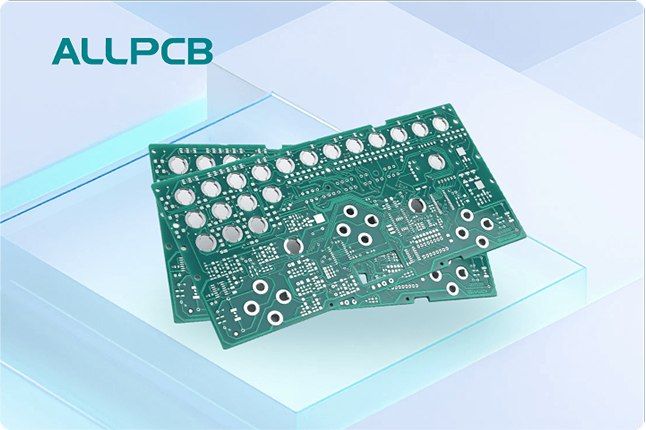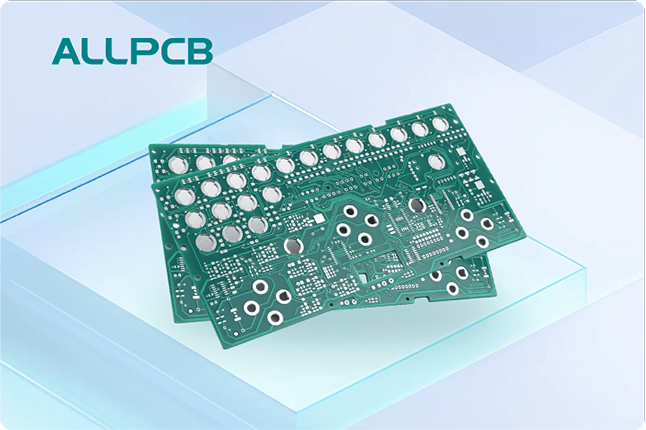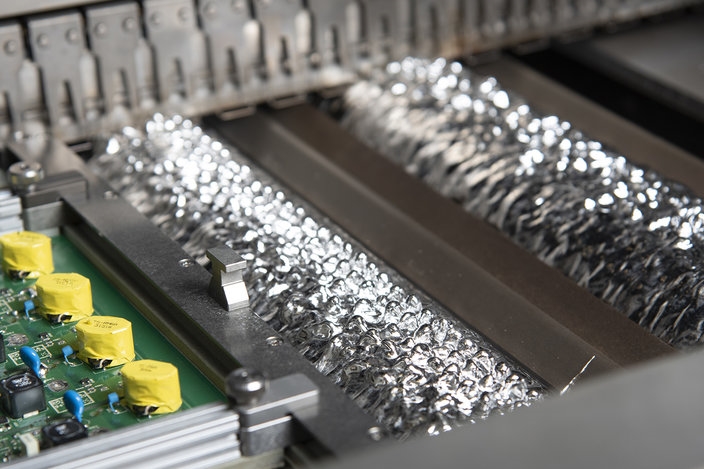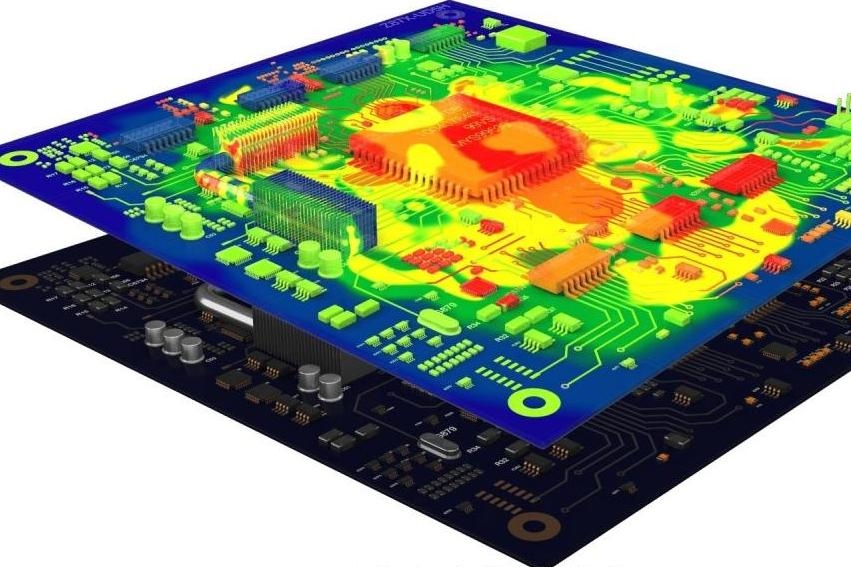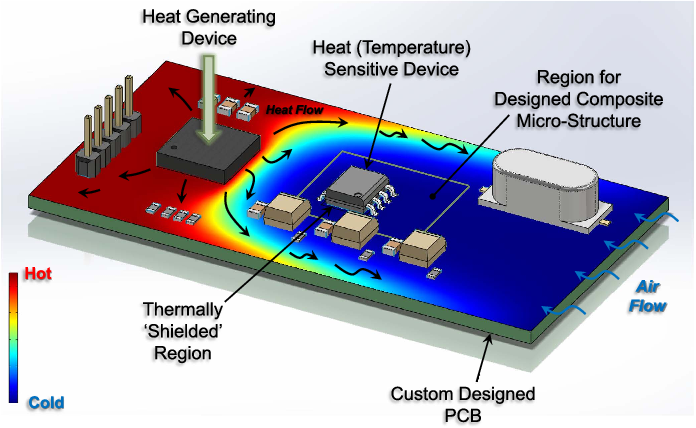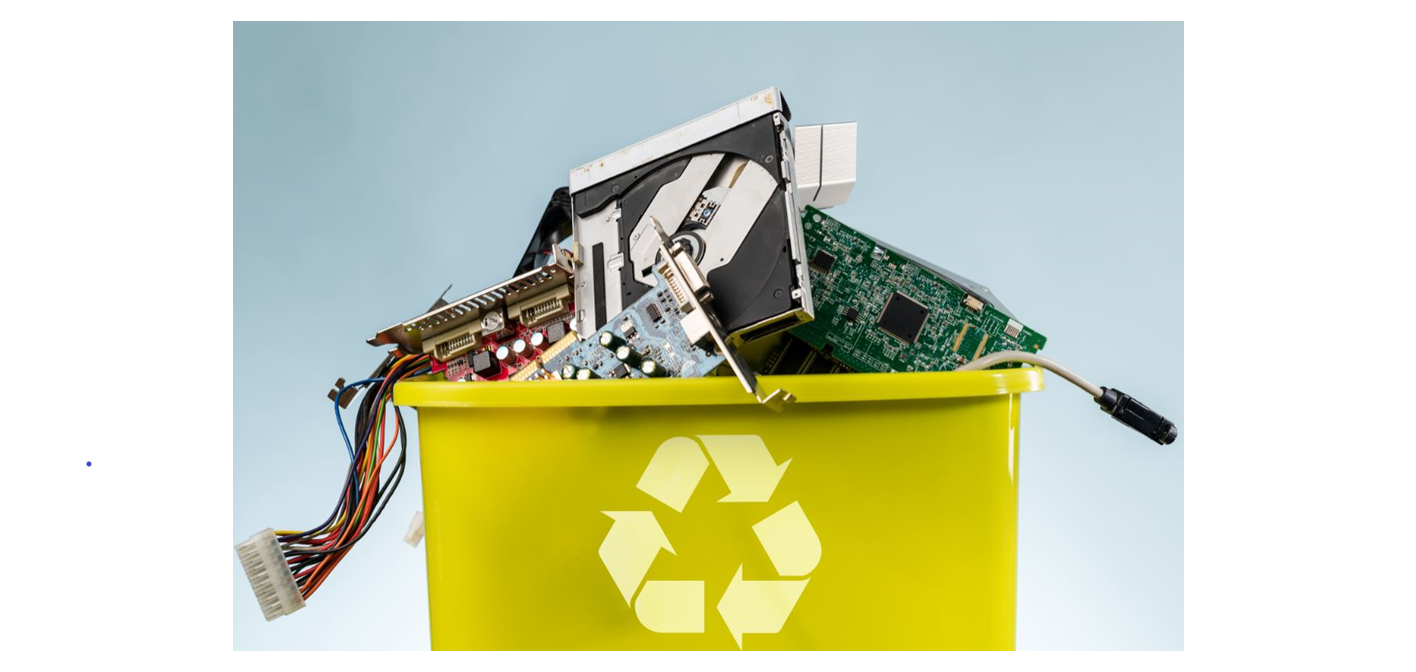If you're looking for a reliable way to ensure the quality of your printed circuit boards (PCBs), the IPC-A-600 inspection checklist is your go-to standard. This guide provides a detailed framework for visually inspecting bare PCBs to meet industry benchmarks for quality and reliability. In this blog, we'll dive deep into the IPC-A-600 standard, break down the key elements of an inspection checklist, and explain how it helps maintain top-notch PCB quality during manufacturing.
Whether you're a PCB designer, manufacturer, or quality control specialist, understanding the IPC-A-600 inspection process is critical for delivering consistent, high-performing boards. Let's explore the essentials of this standard, step-by-step inspection criteria, and practical tips for implementing it in your workflow.
What Is IPC-A-600 and Why Does It Matter for PCB Quality?
The IPC-A-600, officially titled "Acceptability of Printed Boards," is a globally recognized standard developed by the Institute of Printed Circuits (IPC). It sets the criteria for the visual inspection of bare PCBs, ensuring they meet specific quality requirements before assembly. This standard acts as a benchmark for manufacturers and customers to evaluate the condition of PCBs based on visual characteristics like laminate integrity, plating quality, and layer spacing.
Why is this important? Poor-quality PCBs can lead to failures in electronic devices, costing time and money. By adhering to IPC-A-600, you can catch defects early in the production process, reducing the risk of costly rework or product recalls. This standard categorizes PCBs into three classes based on their intended use—Class 1 for general electronics, Class 2 for dedicated service electronics, and Class 3 for high-reliability products like aerospace or medical devices. Each class has stricter criteria, ensuring the right level of quality for the application.
Key Benefits of Using an IPC-A-600 Inspection Checklist
Implementing an IPC-A-600 inspection checklist offers several advantages for maintaining PCB quality. Here's why it’s a must-have in your quality control process:
- Consistency: Provides a standardized approach to inspect every board, minimizing human error.
- Early Defect Detection: Identifies issues like cracks, voids, or poor plating before assembly, saving resources.
- Compliance: Ensures your PCBs meet industry standards, boosting customer trust and satisfaction.
- Reliability: Helps produce boards that perform well under specified conditions, especially for high-stakes applications.
With these benefits in mind, let’s break down the core components of an IPC-A-600 inspection checklist to help you ensure top-tier PCB quality.
The Ultimate IPC-A-600 Inspection Checklist for PCB Quality
Below is a comprehensive IPC-A-600 inspection checklist that covers the critical aspects of PCB visual inspection. This checklist is designed to be practical and actionable, helping you systematically evaluate your boards for defects or non-conformities. Each section aligns with the standard’s guidelines and focuses on key areas of concern.
1. Laminate and Base Material Integrity
The foundation of any PCB is its base material, typically made of fiberglass or other composites. Defects in the laminate can compromise the board’s structural integrity and electrical performance. Inspect for:
- Cracks or Fractures: Look for visible cracks in the laminate that could weaken the board. Even hairline fractures can lead to failures under stress.
- Voids or Delamination: Check for air bubbles or separation between layers. Voids can affect signal integrity, especially in high-frequency designs where impedance control is critical (e.g., maintaining 50 ohms for RF applications).
- Foreign Material: Ensure no contaminants like dust or debris are embedded in the laminate, as they can cause short circuits.
2. Conductor and Pattern Definition
The conductive traces on a PCB carry electrical signals, so their precision and quality are vital. Poorly defined patterns can lead to signal loss or crosstalk. During inspection, focus on:
- Trace Width and Spacing: Verify that traces meet the design specifications (e.g., a minimum trace width of 0.1 mm for fine-pitch designs). Deviations can affect current-carrying capacity.
- Edge Roughness: Check for jagged or uneven edges on traces, which can create weak points prone to breakage.
- Etching Quality: Ensure there are no under-etched or over-etched areas. Over-etching can reduce trace width, while under-etching can leave unwanted copper, risking shorts.
3. Plating and Surface Finish
Plating protects the copper traces and ensures good solderability. Defects in plating can lead to corrosion or poor connections. Key inspection points include:
- Plating Thickness: Confirm that the plating meets the required thickness (e.g., 25-30 micrometers for gold plating in high-reliability applications).
- Adhesion: Look for signs of peeling or flaking, which indicate poor adhesion between the plating and the base material.
- Surface Uniformity: Ensure the surface finish (like ENIG or HASL) is even and free of pits or discoloration, as uneven finishes can affect soldering.
4. Holes and Vias
Holes and vias are critical for interconnecting layers in multilayer PCBs. Defects in these areas can disrupt connectivity. Inspect for:
- Drill Accuracy: Check if holes are drilled at the correct locations and diameters (e.g., a tolerance of ±0.05 mm for via holes).
- Plating in Vias: Ensure via walls have uniform copper plating without voids or breaks, as poor plating can lead to open circuits.
- Annular Ring: Verify that the copper ring around holes meets the minimum width requirement (e.g., 0.05 mm for Class 3 boards) to prevent pad lifting during assembly.
5. Solder Mask and Markings
The solder mask protects the PCB and prevents solder bridges during assembly. Markings provide essential information for assembly and traceability. During inspection:
- Solder Mask Coverage: Ensure the mask covers all non-solderable areas without gaps or pinholes that could expose copper to oxidation.
- Alignment: Check that the solder mask aligns precisely with the pads and traces, avoiding encroachment on solderable areas.
- Legibility of Markings: Confirm that silkscreen markings (like component identifiers) are clear, accurate, and free from smudging.
6. Dimensional Accuracy
PCBs must meet the exact dimensions specified in the design to fit into enclosures and align with components. Focus on:
- Board Outline: Measure the board’s length, width, and thickness to ensure they match the design (e.g., a tolerance of ±0.1 mm for board dimensions).
- Hole Placement: Verify that mounting holes and other features are positioned correctly to avoid assembly issues.
- Warpage: Check for excessive bending or twisting of the board, as warpage beyond 0.75% of the board’s diagonal length can cause mounting problems.
How to Implement the IPC-A-600 Inspection Process
Having a checklist is only the first step. To effectively implement the IPC-A-600 inspection process, follow these practical steps to ensure consistent PCB quality:
- Train Your Team: Ensure that inspectors are trained and certified under IPC-A-600 guidelines. Familiarity with the standard’s visual criteria is essential for accurate assessments.
- Use Proper Tools: Equip your team with magnifying tools, microscopes, and measurement devices to detect subtle defects. For instance, a 10x magnification lens can reveal micro-cracks invisible to the naked eye.
- Document Findings: Maintain detailed records of inspection results, including photos of defects and measurements. This documentation helps in tracking recurring issues and improving processes.
- Conduct Regular Audits: Perform periodic IPC-A-600 audits to verify that your inspection process aligns with the standard. Audits can uncover gaps in training or equipment needs.
- Collaborate with Suppliers: Share your IPC-A-600 requirements with material and manufacturing partners to ensure incoming materials meet quality expectations.
Challenges in IPC-A-600 Visual Inspection and How to Overcome Them
While the IPC-A-600 standard is invaluable, visual inspection can present challenges. Here are common issues and solutions:
- Subjectivity in Assessment: Different inspectors may interpret defects differently. Standardize evaluations by using reference images and defect classification guides from the IPC-A-600 manual.
- Time Constraints: Thorough inspections can be time-consuming. Prioritize critical areas like vias and plating for high-reliability boards (Class 3) to balance speed and quality.
- Complex Designs: High-density boards with fine traces (e.g., 0.075 mm spacing) are harder to inspect. Invest in advanced inspection tools like automated optical inspection (AOI) systems to complement manual checks.
Differences Between IPC-A-600 Classes for PCB Inspection
The IPC-A-600 standard defines three classes of PCBs, each with varying levels of quality requirements. Understanding these classes helps you apply the right inspection criteria:
- Class 1 – General Electronics: Used for low-cost, non-critical applications like toys. Inspection focuses on basic functionality with lenient defect allowances.
- Class 2 – Dedicated Service Electronics: Applies to most commercial products like laptops. Requires moderate quality with stricter criteria for defects like voids (e.g., maximum void size of 0.15 mm in laminate).
- Class 3 – High-Reliability Electronics: Used in critical applications like medical or aerospace systems. Demands the highest quality, with minimal tolerance for defects (e.g., no measurable warpage beyond 0.5%).
Selecting the appropriate class during inspection ensures your PCBs meet the specific needs of their end-use, avoiding over- or under-inspection.
Conclusion: Elevate Your PCB Quality with IPC-A-600
The IPC-A-600 inspection checklist is an indispensable tool for ensuring PCB quality and reliability. By following the detailed criteria for laminate integrity, conductor patterns, plating, vias, and more, you can catch defects early and deliver boards that meet industry standards. Implementing a structured IPC-A-600 audit and visual inspection process not only enhances product performance but also builds trust with your clients.
At ALLPCB, we’re committed to supporting your journey toward flawless PCB production. By integrating the IPC-A-600 standard into your quality control workflow, you’re taking a significant step toward excellence in electronics manufacturing. Use this ultimate checklist as your guide, and watch your PCB quality reach new heights.
 ALLPCB
ALLPCB


